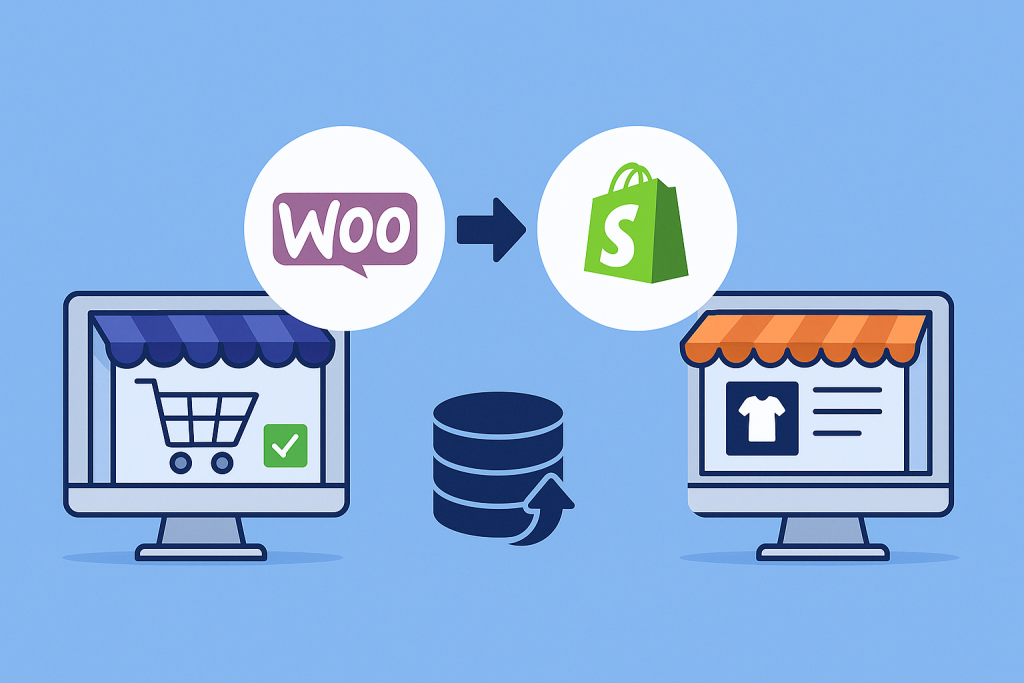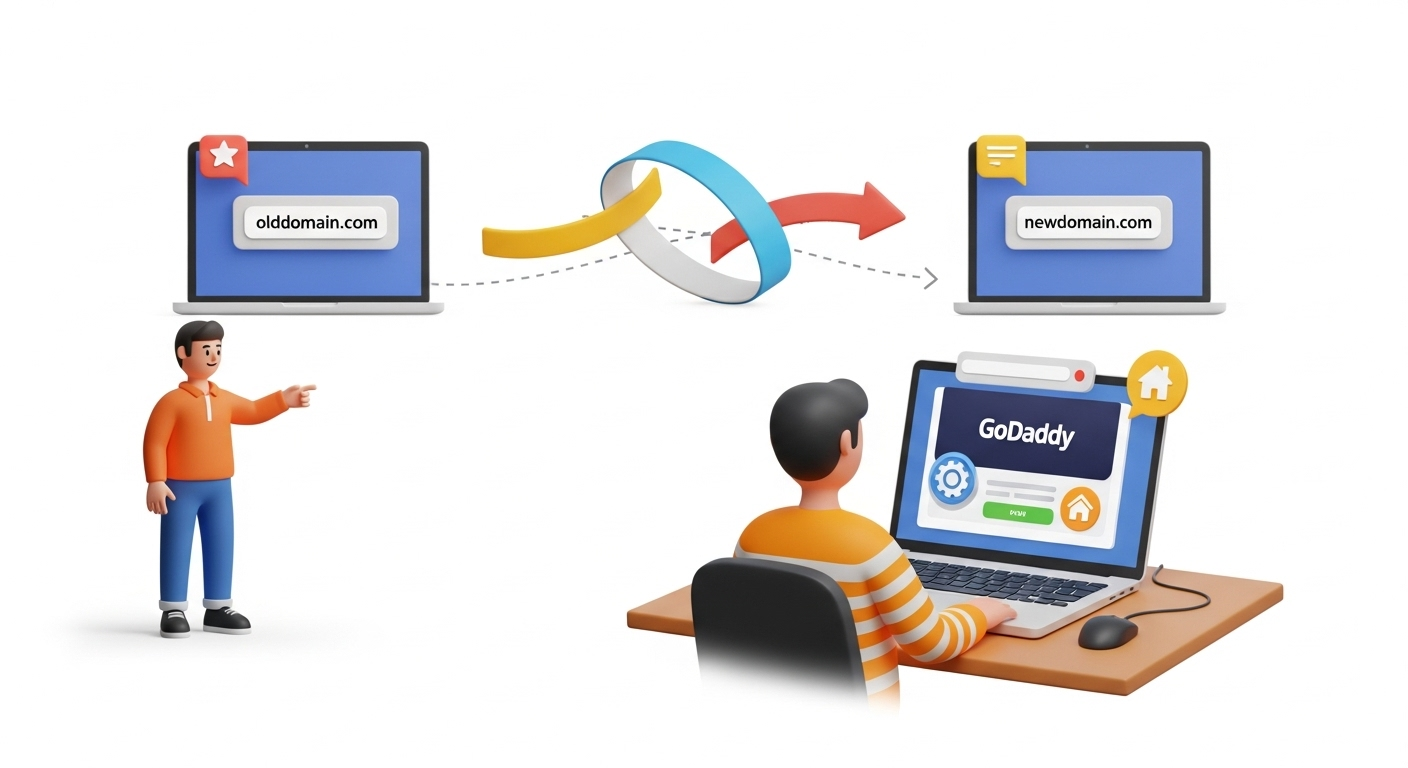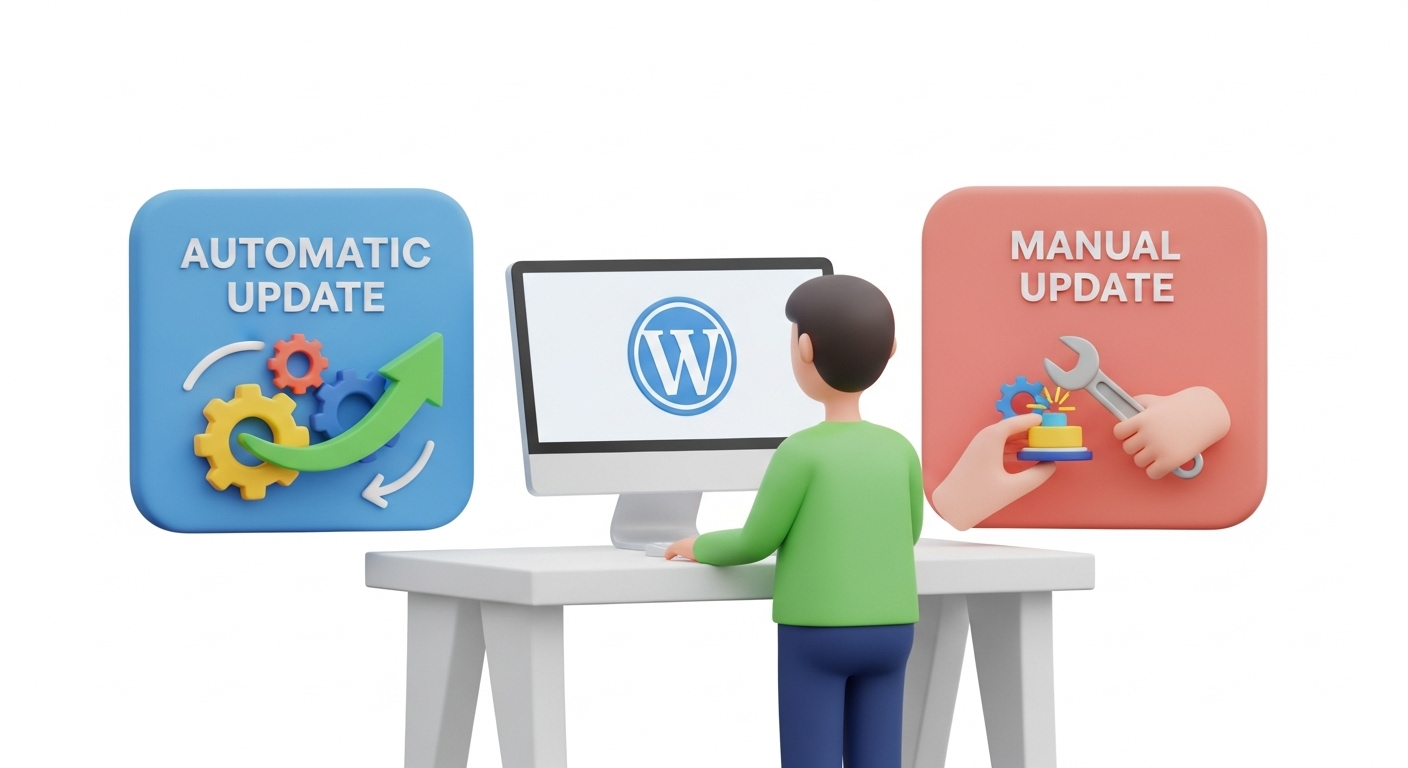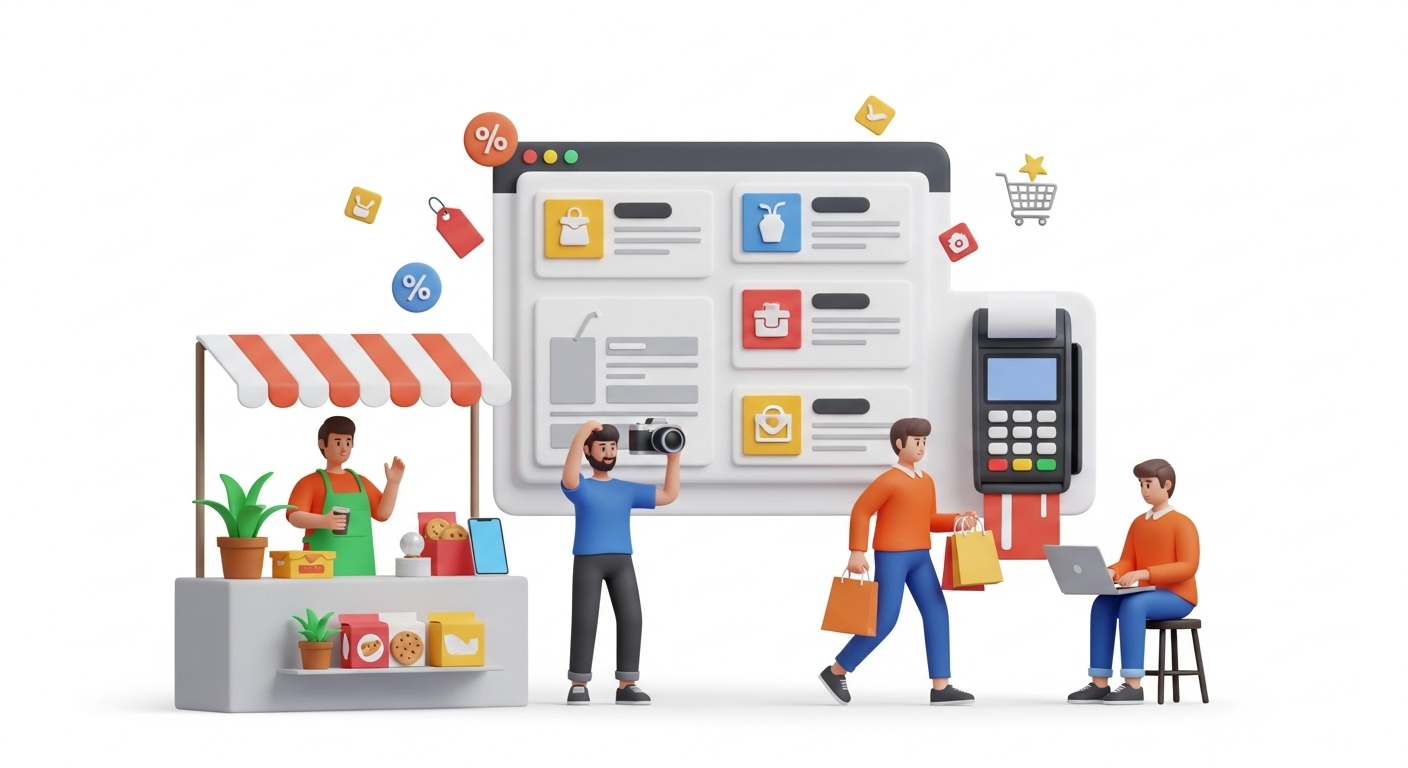
If you're looking to grow your online business on a more streamlined, hosted eCommerce platform, Shopify is one of the top choices in 2025. Its simplicity, built-in hosting, scalability, and ecosystem of apps make it a favorite for entrepreneurs and growing brands.
But what if you're currently running your store on WooCommerce?
Good news: With the right tools and approach, you can migrate from WooCommerce to Shopify without losing data, SEO rankings, or customers.
This step-by-step WooCommerce to Shopify migration guide will walk you through the entire process.
Why Move from WooCommerce to Shopify?
Before we get technical, here are a few reasons why store owners are making the switch:
1. Fully Hosted Simplicity
Shopify takes care of security, updates, and hosting — so you can focus on selling.
2. Cleaner User Interface
The admin dashboard is beginner-friendly and fast.
3. Better App Marketplace
Tons of marketing, automation, and conversion apps are available with a few clicks.
4. Reliable Support
24/7 live chat and phone support, which WooCommerce lacks natively.
5. Seamless Multichannel Integration
Sell directly on Facebook, Instagram, TikTok, Amazon, and eBay from one dashboard.
What Can Be Migrated from WooCommerce to Shopify?
Using a reliable Shopify migration tool like Cart2Cart, you can transfer the following:
✅ Products (with images, SKUs, prices, variations)
✅ Categories & tags
✅ Customers & their data
✅ Orders & order statuses
✅ Coupons, taxes, manufacturers
✅ Reviews (with add-ons)
✅ Blog posts and CMS pages (optional)
✅ SEO URLs and metadata (when possible)
Passwords cannot be migrated due to encryption — customers will need to reset them after migration.
How to Migrate WooCommerce to Shopify (Step-by-Step)
Step 1: Set Up Your Shopify Store
- Go to shopify.com and sign up for a free trial.
- Choose your store name and industry.
- Set up:
- Basic store info
- Currencies and tax preferences
- Payment gateways (Shopify Payments, PayPal, Stripe, etc.)
- Shipping zones
You don’t need to choose a theme or start customizing yet — wait until after data migration is done.
Step 2: Back Up Your WooCommerce Store
Even though migration tools are safe, it's smart to make a manual backup:
- Use plugins like UpdraftPlus or export data via CSV/XML
- Export your media library, customer list, and product catalog
Step 3: Use Cart2Cart to Migrate Data Automatically
Cart2Cart is the safest way to automate the WooCommerce to Shopify migration process.
How to Set It Up:
- Create a Cart2Cart account.
- Select WooCommerce as the source cart, and connect using the Connection Bridge plugin.
- Choose Shopify as the target cart and provide your Shopify store credentials.
- Use the migration wizard to:
- Map WooCommerce product fields to Shopify
- Set up order statuses and language preferences
- Choose additional options, like:
- Migrate images in descriptions
- Preserve order IDs
- Migrate SEO URLs (via custom app support)
Step 4: Run a Free Demo Migration
Before migrating everything, test a small dataset (up to 10 entities) with Cart2Cart's free demo:
- Check product layout, image quality, and categories
- Review how orders and customer data are displayed in Shopify
- Ensure SKU mapping and custom fields are correct
Step 5: Launch Full WooCommerce to Shopify Migration
Once you’re happy with the demo:
- Run the full migration (Cart2Cart will handle it automatically)
- Migration runs in the background — no downtime needed
- Depending on store size, it may take from 30 minutes to several hours
Post-Migration Checklist
1. Review Your Data
After the migration:
- Verify products: images, prices, variations
- Check category and collection mapping
- Validate customer profiles and order history
2. Reconfigure Your Store Design
- Choose a Shopify theme (free or paid)
- Customize home, product, and collection pages
- Set up navigation and search
3. Set Up Redirects (Preserve SEO)
To maintain your SEO rankings:
- Create 301 redirects from your old WooCommerce URLs to new Shopify URLs
- Use apps like Easy Redirects or 301 Redirect Manager
- Set up canonical URLs via SEO apps (e.g., Yoast SEO for Shopify, Smart SEO)
4. Install Must-Have Shopify Apps
|
Function |
Recommended App |
|
SEO |
Smart SEO, SEO Manager |
|
Email Marketing |
Klaviyo, Omnisend |
|
Product Reviews |
Judge.me, Loox |
|
Analytics |
Shopify Analytics, GA4 |
|
Image Optimization |
TinyIMG |
|
Cart Recovery |
Abandonment Protector |
5. Notify Your Customers
- Send an announcement email about the new store
- Ask users to reset passwords
- Offer a welcome-back discount to boost early orders
6. Test Everything
- Place a test order
- Check mobile responsiveness
- Confirm checkout, payment, and email notifications
Pro Tips for SEO & Speed After Migration
- Add structured data (schema) using SEO apps
- Compress images to improve page speed
- Submit a new sitemap to Google Search Console
- Monitor for broken links and crawl errors
Tip: Traffic might fluctuate slightly, but proper redirects and metadata mapping will minimize ranking drops.
Cost of WooCommerce to Shopify Migration
|
Item |
Cost Range |
|
Shopify Subscription |
$39–$399/month |
|
$69–$599 (depends on store size) |
|
|
Premium Theme (optional) |
$180–$350 (one-time) |
|
Apps & Plugins |
$0–$200/month |
|
Developer Help (optional) |
$200–$1,000+ |
Total: From ~$100 to $1,000+ depending on customization level and store size
Final Thoughts
Migrating from WooCommerce to Shopify doesn’t have to be complicated or risky.
By using a proven tool like Cart2Cart, you can automate the migration process, retain critical data, and go live on Shopify quickly — without losing SEO, orders, or customers.
Whether you're seeking better performance, ease of use, or streamlined growth, Shopify is a solid upgrade for many WooCommerce users.
Start Your WooCommerce to Shopify Migration Now
Ready to make the switch?
Try Cart2Cart’s FREE Demo Migration
No coding. No downtime. Just fast, secure Shopify migration.
Monthly Update – December 2025
As the bustling holiday shopping season concludes, December 2025 presents a strategic opportunity to analyze your recent Shopify migration's performance and prepare for the new year. Focus on post-holiday data: review sales trends, identify top-performing products, and assess customer behavior on your new platform. This invaluable data will inform your Q1 2026 marketing and inventory strategies. It's also an excellent time to re-engage holiday shoppers with loyalty programs and targeted promotions, transforming one-time buyers into repeat customers. Ensure all your analytics tools are correctly configured to capture this vital information.
Furthermore, consider optimizing your store for any remaining post-holiday sales or returns. Streamline your return policy visibility and process, and update product availability. Take this quieter period to explore advanced Shopify features or apps that could further enhance your store’s efficiency and customer experience in the coming year. Planning now for upcoming trends and platform updates will set a strong foundation for sustained growth on your new Shopify store. For more details, explore our FAQ section or schedule a call with a migration expert.





